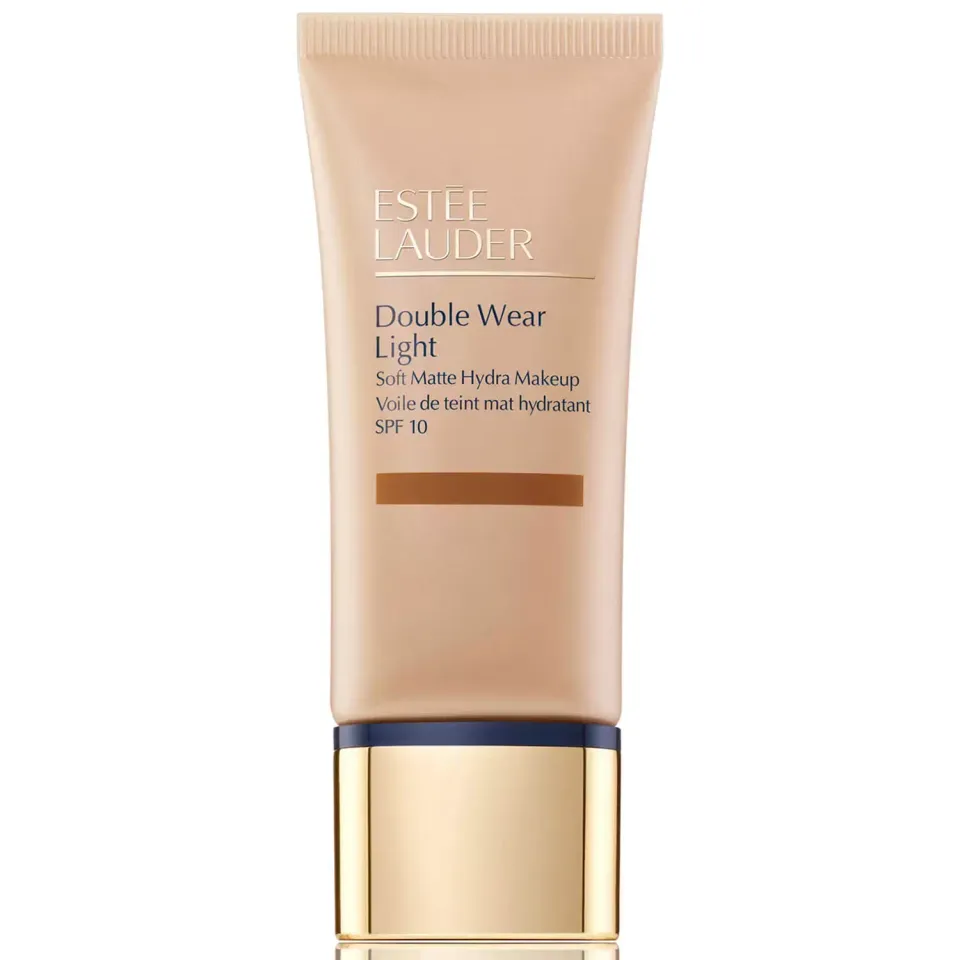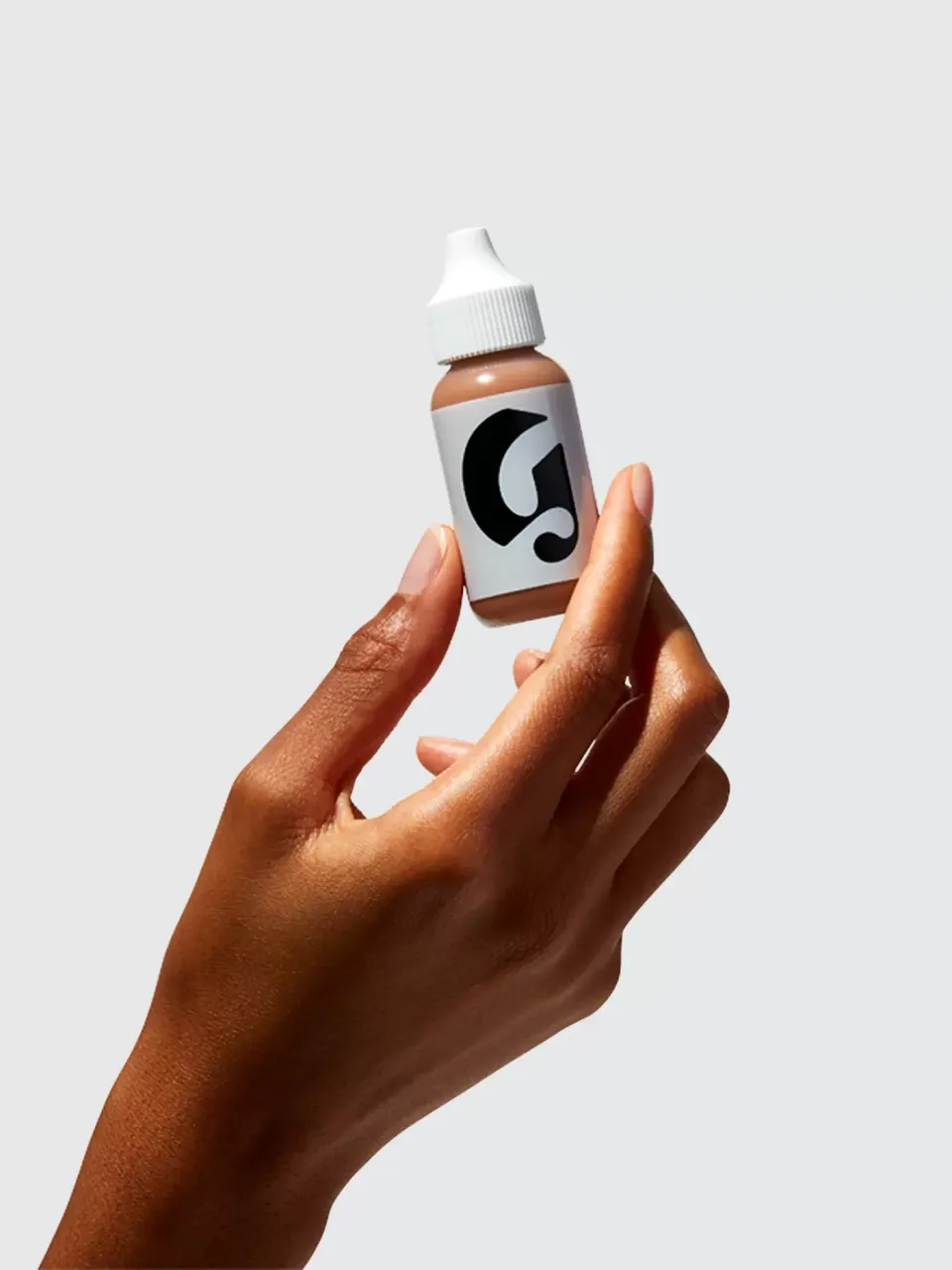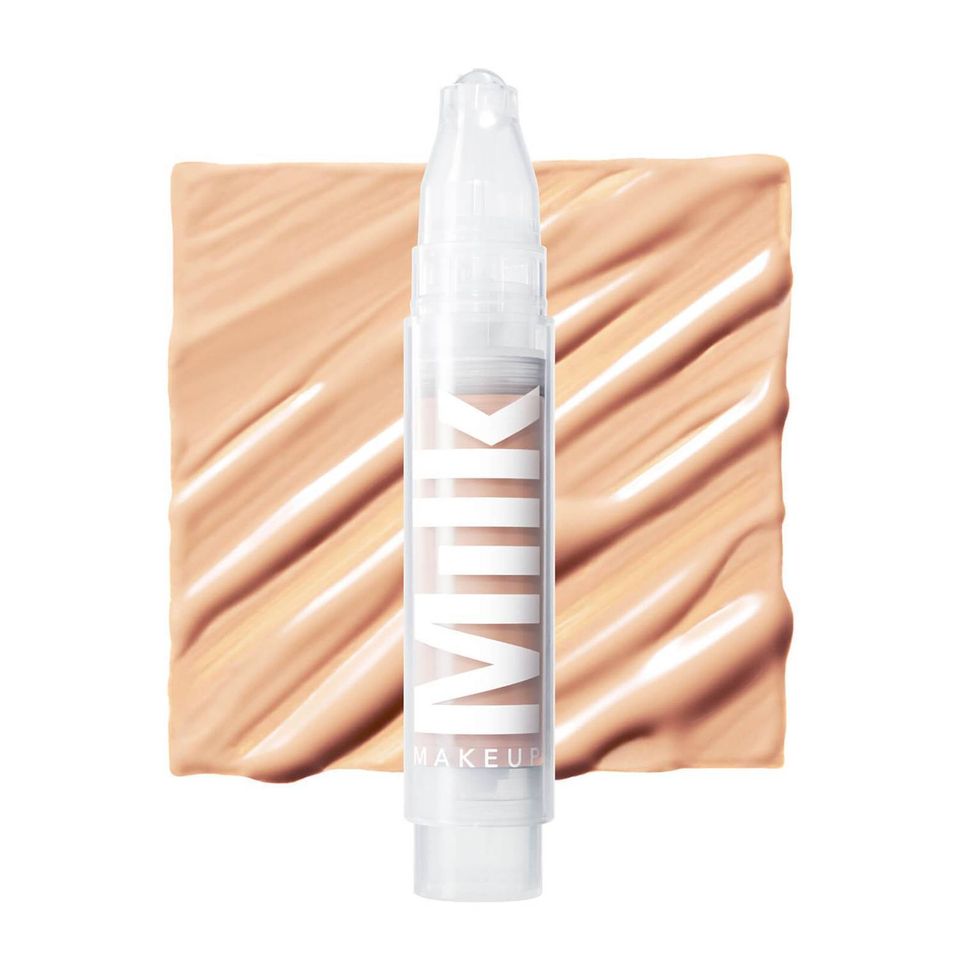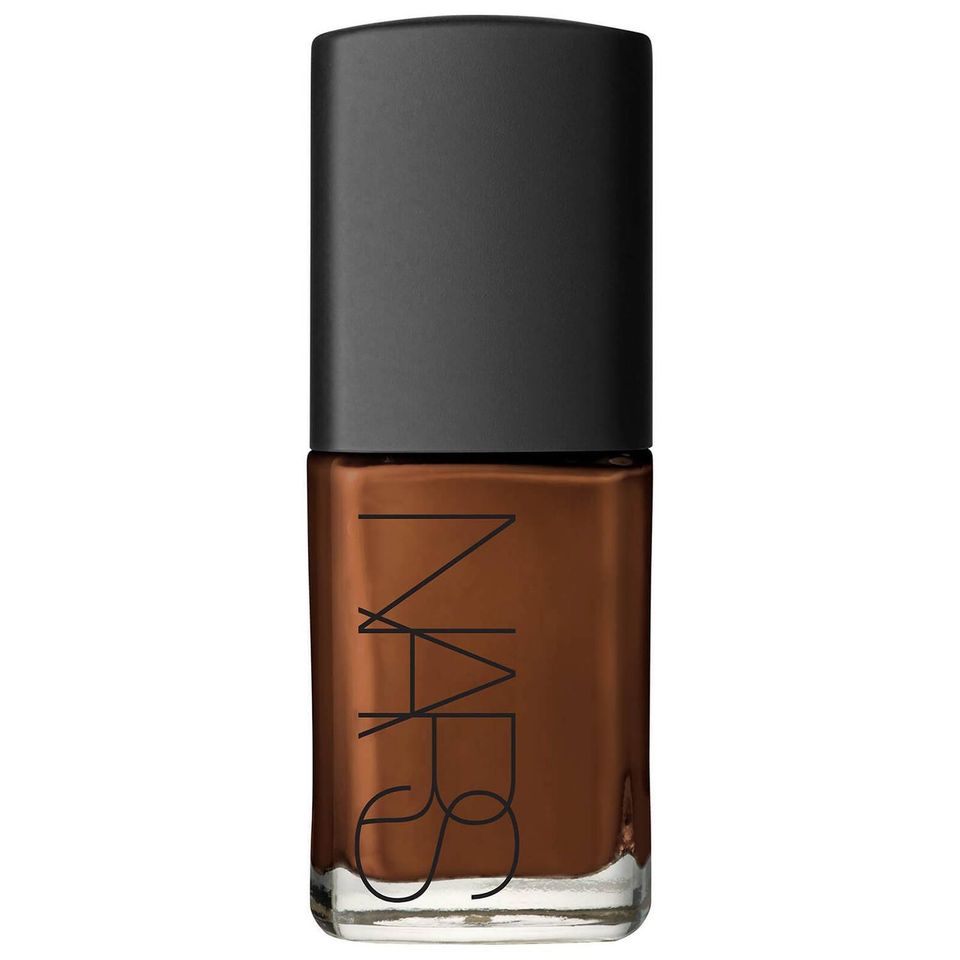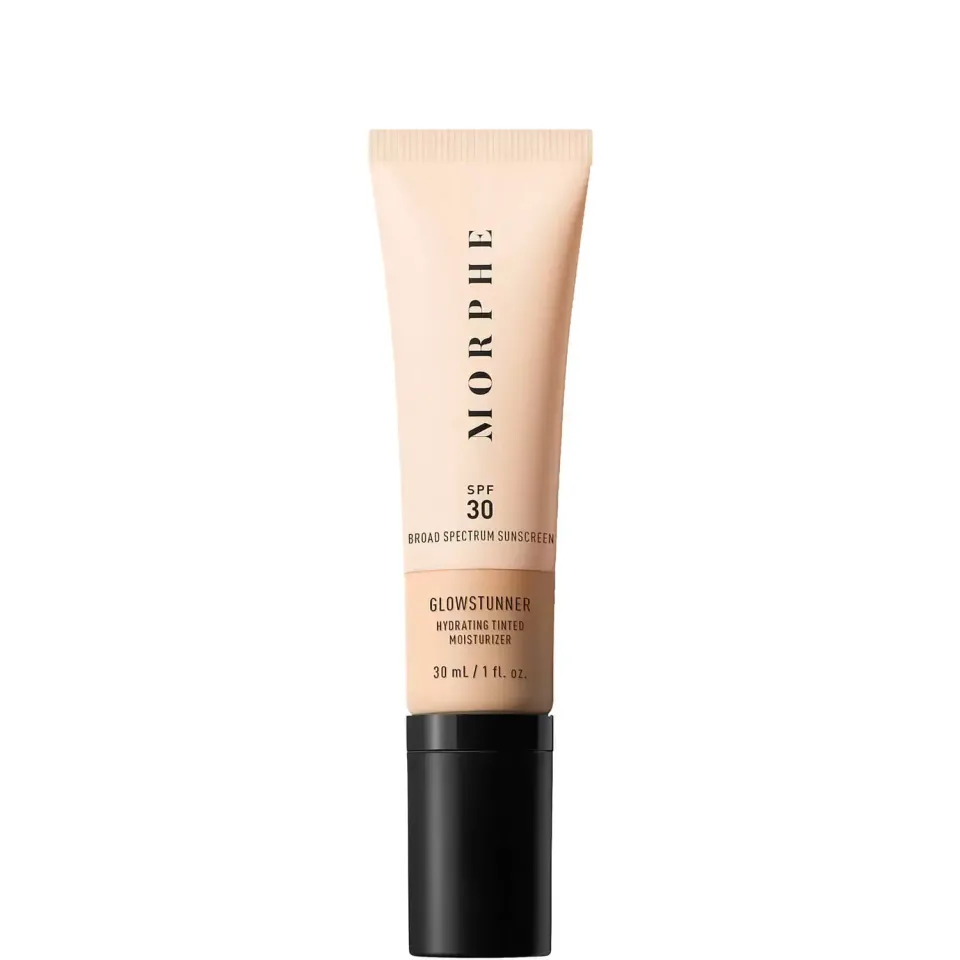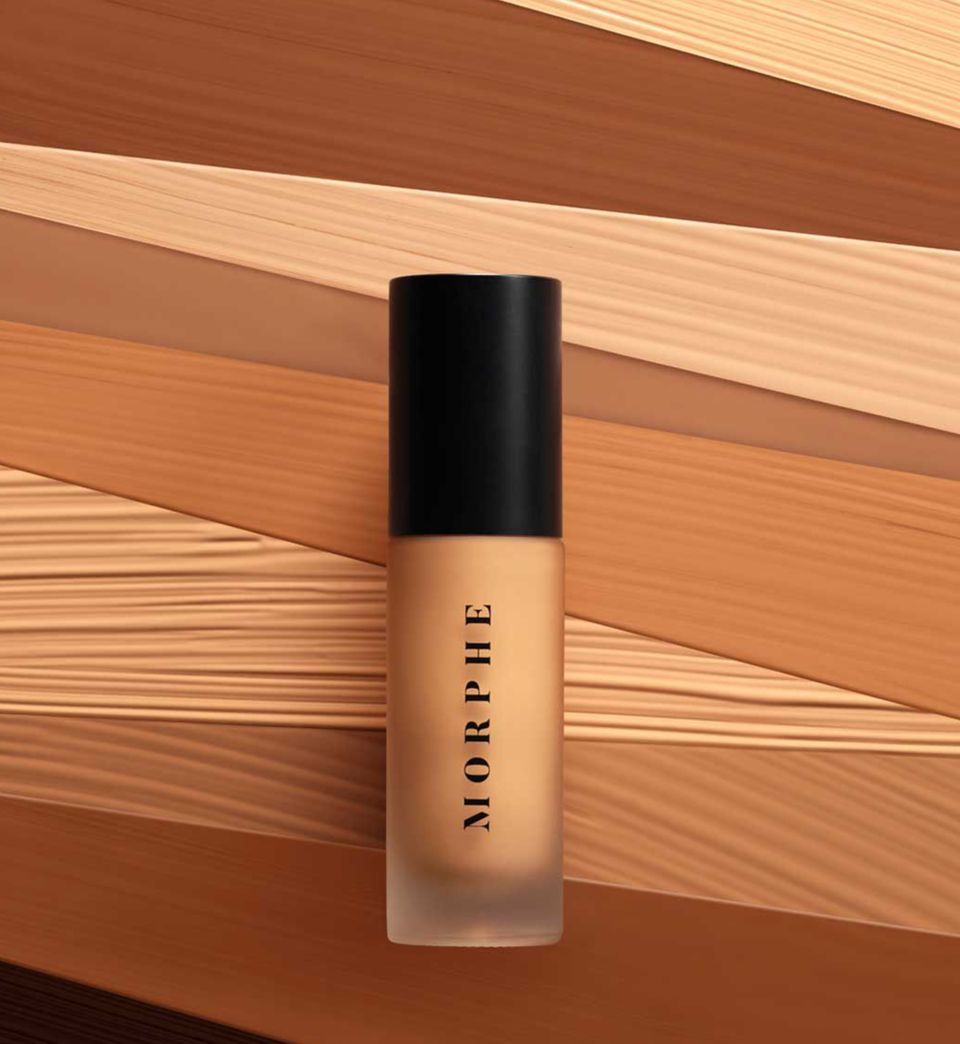
We hope you love the products we recommend! All of them were independently selected by our editors. Just so you know, HuffPost UK may collect a share of sales or other compensation from the links on this page if you decide to shop from them. Oh, and FYI — prices are accurate and items in stock as of time of publication.
The best makeup looks have one thing in common: a seamless base. But there are so many to choose from – and we’re not just talking different brands.
When it comes to achieving a flawless look, the sheer range of base options makes things, well, a little confusing. There’s foundation, tinted moisturiser, BB cream and CC cream – and on top of that, you’ll want to pick a formula type (liquid, cream, powder, etc) and the finish that’s best for your skin type.
Thankfully, when it comes to understanding the key differences between all these products, we’ve chatted to a couple of experts who can help.
Makeup artist and hairstylist Lee O’Driscoll knows how confusing it gets. “Choosing what to put on your face can be quite the minefield!” she tells us. “From the cheapest to the most luxurious brands, the choice is vast.”
So, what’s the difference between bases? O’Driscoll explains it this way. “As a general rule, tinted moisturisers and BB creams tend to be lighter coverage, CC creams can have a little more coverage as they’re designed to colour correct, too, and foundations have even more coverage,” she says.
“However, to add a bit more confusion into the mix, it’s worth remembering that foundations now come in a whole range of coverage, from light to ‘cover-everything’! And some BB and CC creams have fuller coverage. The lines between these products have definitely blurred over the years.”
The point of all of these products is the same, says O’Driscoll – “to ‘perfect’ the skin to some degree. And they can each be applied all over the face, or just where you think your complexion could do with a little extra help.”
Your handy base-by-base guide
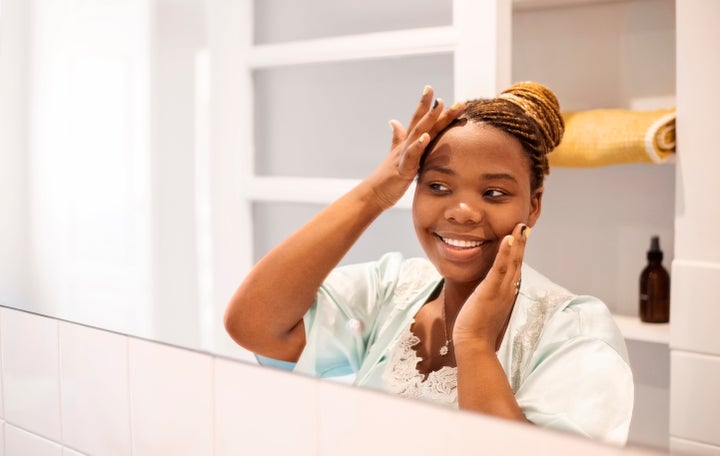
Keshia East, makeup artist and founder of No Knot Co, breaks it down further.
Foundation – ″Probably the most well known and common base choice,” says East. “These bases definitely have the most variety from the most broad shade ranges to the most diverse textures (matte, dewy, semi-matte, natural). They even have a variety of finishes (full, medium or light coverage).”
Foundations are great for those who have very specific wants from their base, she says. “They’re probably the most versatile of all bases they can be mixed with creams/serums for lighter finishes or doubled up for full coverage.”
Tinted moisturiser – “Does exactly what it says on the tin – moisturiser with a tint of colour. It’s a great choice for someone who wants a low maintenance base with light to medium coverage.”
Tinted moisturiser is simple, says East. “It can usually be applied with hands and often comes with an added SPF or/and oil control or a dewy finish. It can be used on top of a moisturiser or simply as a moisturiser/foundation hybrid”.
BB creams – “Took the market by storm and originate from K beauty (Korean beauty). Short for beauty/blemish balm, they usually offer sheer-medium coverage and can be packed with skin-boosting ingredients as well.”
According to East, BB creams are multi-purpose. “They’re moisturising, give a slight coverage and are packed with skincare benefits all in one,” she says, adding that they are best applied with a brush or beauty sponge.
CC creams – “Colour correcting cream – it’s all in the name. They help colour correct, so aim to cure skin issues such as discolouration or dullness.”
CC creams are another step up, says East. “They are a great product for anyone wanting to address multiple concerns; conceal dark spots, redness or hyperpigmentation, while gaining some coverage too. They can be applied all over the skin or in specific skin concern areas.”
How does skin type (and age) dictate the best base for you?

When selecting the perfect base product, it’s not just about coverage levels, you also need to take your skin type into account. Certain formulas pair better with specific skin types, so knowing what the best option is for you is important.
Oil-prone skin
While BB cream, CC cream, tinted moisturiser and foundation usually all have oil-free/matte options, East recommends a matte foundation for those with super oily skin who love good coverage. But any formula can work well as long as you use a mattifying primer before application, she advises.
O’Driscoll elaborates: “For oil-prone skin I would recommend a primer designed for oily skin on the areas that need it (usually the T-zone), then depending on the degree of oiliness, a medium or full coverage liquid foundation set with powder.”
If only your T-zone is oily, use a fuller coverage foundation on that area so that it’s more likely to go the distance but something lighter on the rest of your face. This is helpful if you prefer a more natural look overall, she says, or if other areas of your face are dry and not flattered by the formulation for oily areas.
Dry skin
“I always recommend a liquid tinted moisturiser or BB cream for those who want minimal coverage but have dry skin,” says East. “These will give the most moisture to the skin without clogging pores or the feel of a heavy foundation”
O’Driscoll agrees. “On the foundation side, creams can be a dream for dry skin, and liquids are fine as long as the formula is not too harsh. Some full coverage liquid foundations can be quite drying and the finish isn’t flattering,” she adds.
Blemish prone skin
“The number one concern for clients with blemish-prone skin is hiding those blemishes! So coverage is important,” says O’Driscoll. “However, as with dry skin, some fuller coverage foundations aren’t always good on dry or dehydrated skin or on lines and wrinkles. I would recommend a foundation with a medium to full coverage liquid or cream that best suits your skin overall, followed by a concealer and/or colour corrector to target individual blemishes.”
“BB creams and CC creams are packed with the most skin-benefits for those with blemish prone skin looking for treatment as well as coverage,” agrees East.
Mature skin
“I always say lighter is better when it comes to mature skin,” says East. “Tinted moisturiser or BB creams are great as they keep the skin looking dewy and fresh while providing coverage. Matte bases can enhance lines and wrinkles.”
O’Driscoll agrees, explaining that, “Fine lines and wrinkles tend to be the main issue, and this is where ‘lighter’ formulation liquid foundations, BB and CC creams or tinted moisturisers can be really effective. Heavier and drier consistency foundations have a tendency to crease and sit in lines and wrinkles, often making them look worse than they actually are.”
If you’re intent on foundation, try one with light to medium coverage you can use sparingly and build up gently where you need it,” she adds. “A top tip is to do your foundation, then go and do something else for a while. It can take a little time for foundation to find those lines and wrinkles. If you find it’s settled in yours, gently buff those areas out with a brush, setting with powder if needed.”
And one last tip
Before applying your base of choice – BB, CC, foundation or tinted moisturiser – don’t forget to dot a little primer on. “Primers can help manage dry, oily or dull looking skin,” says East. “But even if these specific things are not a concern, they can help make your base last a lot longer.”
